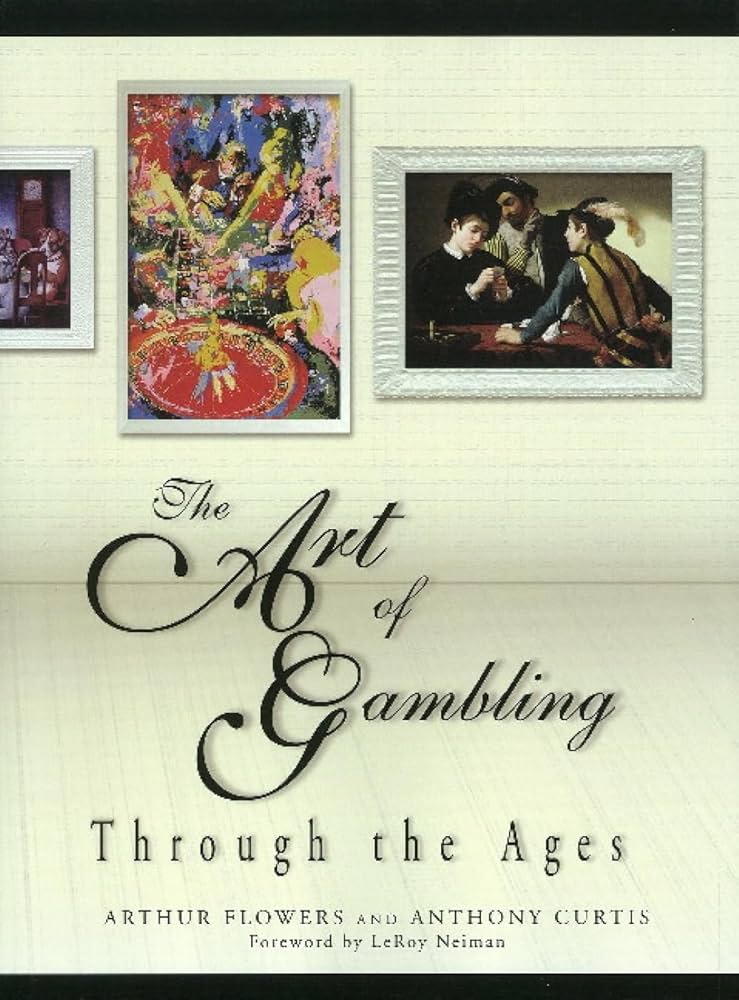The Art of Gambling Through the Ages
The Art of Gambling Through the Ages – Book Review

Gambling has long been more than just a pastime—it is an art form, deeply intertwined with history, culture, and human psychology. The Art of Gambling Through the Ages is a compelling book that delves into the evolution of gambling art, examining how gaming has been depicted in literature, paintings, and even modern digital media. This review explores the book’s key themes, historical insights, and artistic interpretations of gambling.
The History of Gambling Art
The book provides a deep dive into the artistic representation of gambling across different eras. From ancient Roman mosaics depicting dice games to Renaissance paintings of card players, gambling has inspired countless artists and storytellers. The author traces how gambling art evolved from being a symbol of risk and vice to a reflection of human nature, luck, and strategic thinking.
In the 17th and 18th centuries, famous painters like Caravaggio and Georges de La Tour captured the essence of gambling through dramatic chiaroscuro effects, emphasizing the tension and deception that often accompanied games of chance. Moving into the 19th and 20th centuries, gambling art found its way into literature and cinema, influencing pop culture in new and exciting ways.
Key Themes Explored in the Book
• The Dual Nature of Gambling – The book examines the paradox of gambling, where skill and luck coexist, making it both an intellectual challenge and a source of entertainment.
• Symbolism in Gambling Art – From playing cards to roulette wheels, many artistic representations of gambling carry deeper meanings related to fate, power, and deception.
• The Social and Cultural Influence – The author explores how different societies have viewed gambling through the lens of art, from noble leisure activities to underground vice.
• Modern Depictions of Gambling – The digital age has introduced a new form of gambling art, where online casinos, video games, and films continue to shape its image.
How Gambling Art Reflects Society
One of the book’s most intriguing arguments is how gambling art serves as a mirror to society. For example, in the 1920s, gambling was often associated with the glamour of the Roaring Twenties, whereas in the post-war era, it became linked to underground crime and noir storytelling. The book also discusses how modern gambling art, from casino advertisements to video game aesthetics, shapes contemporary perceptions of risk and reward.
Conclusion
The Art of Gambling Through the Ages is an insightful read for anyone interested in history, art, or the psychology behind gambling. It presents a well-researched analysis of how gambling has been portrayed across different artistic mediums and what these depictions reveal about human nature. Whether you are a history enthusiast, an art lover, or a fan of gambling culture, this book provides a fascinating perspective on the evolution of gambling art.